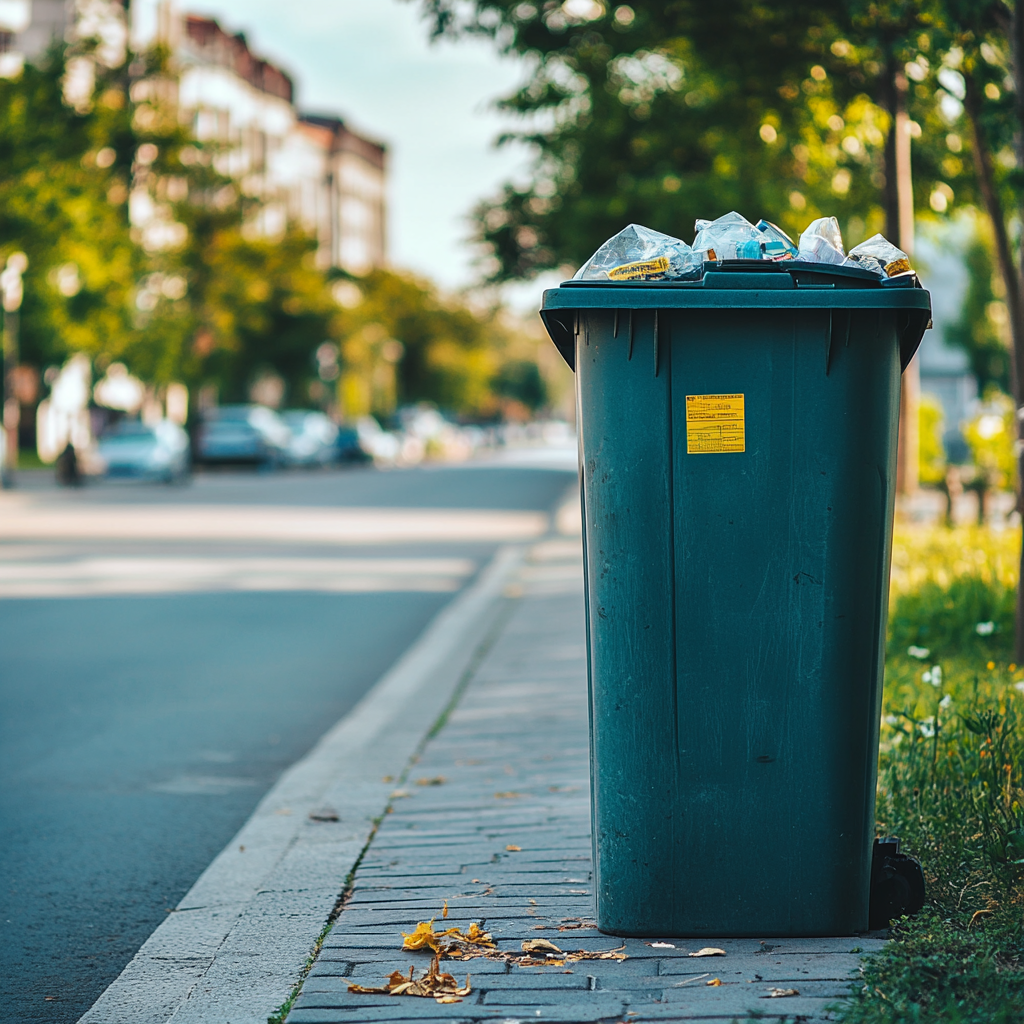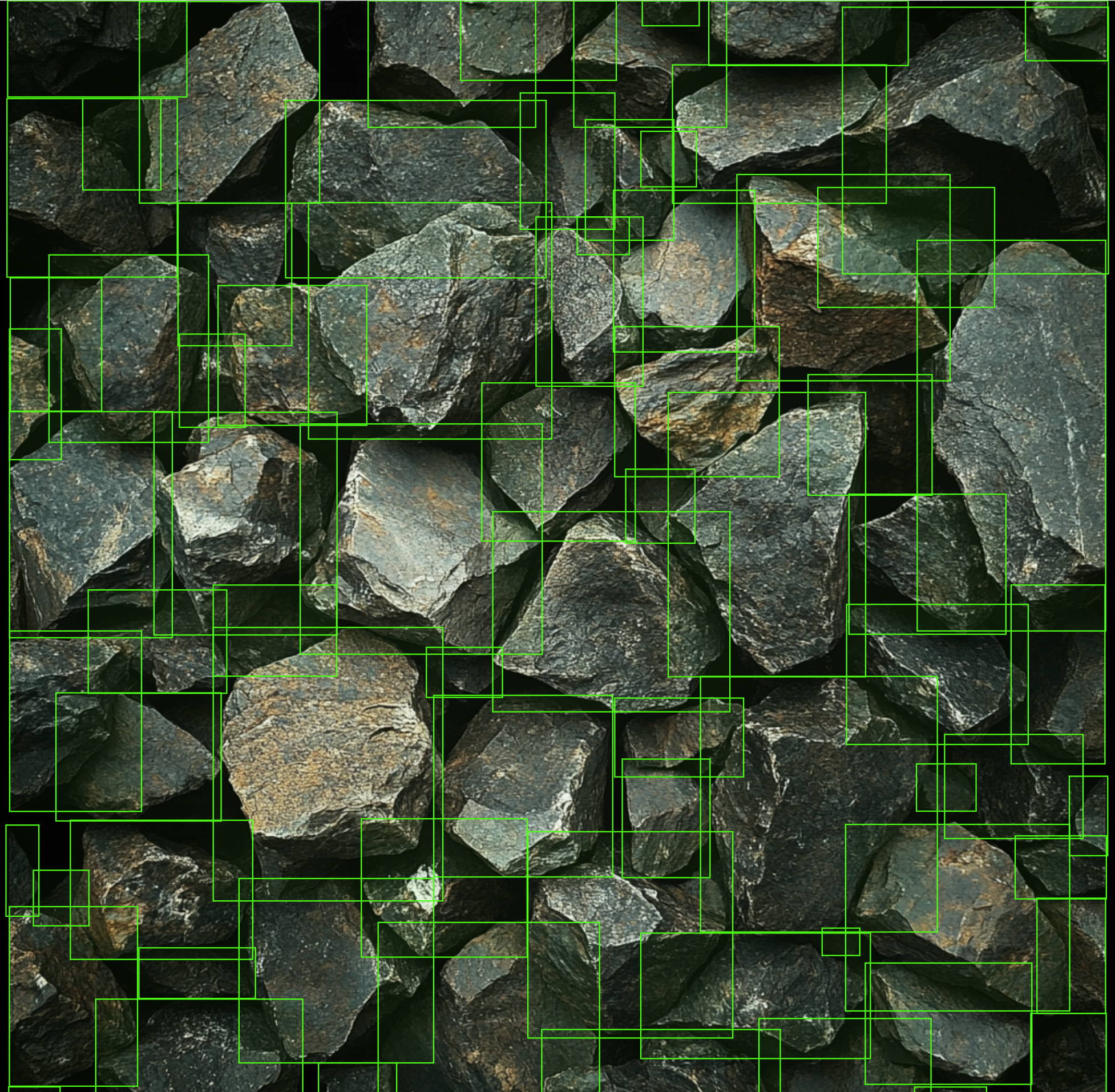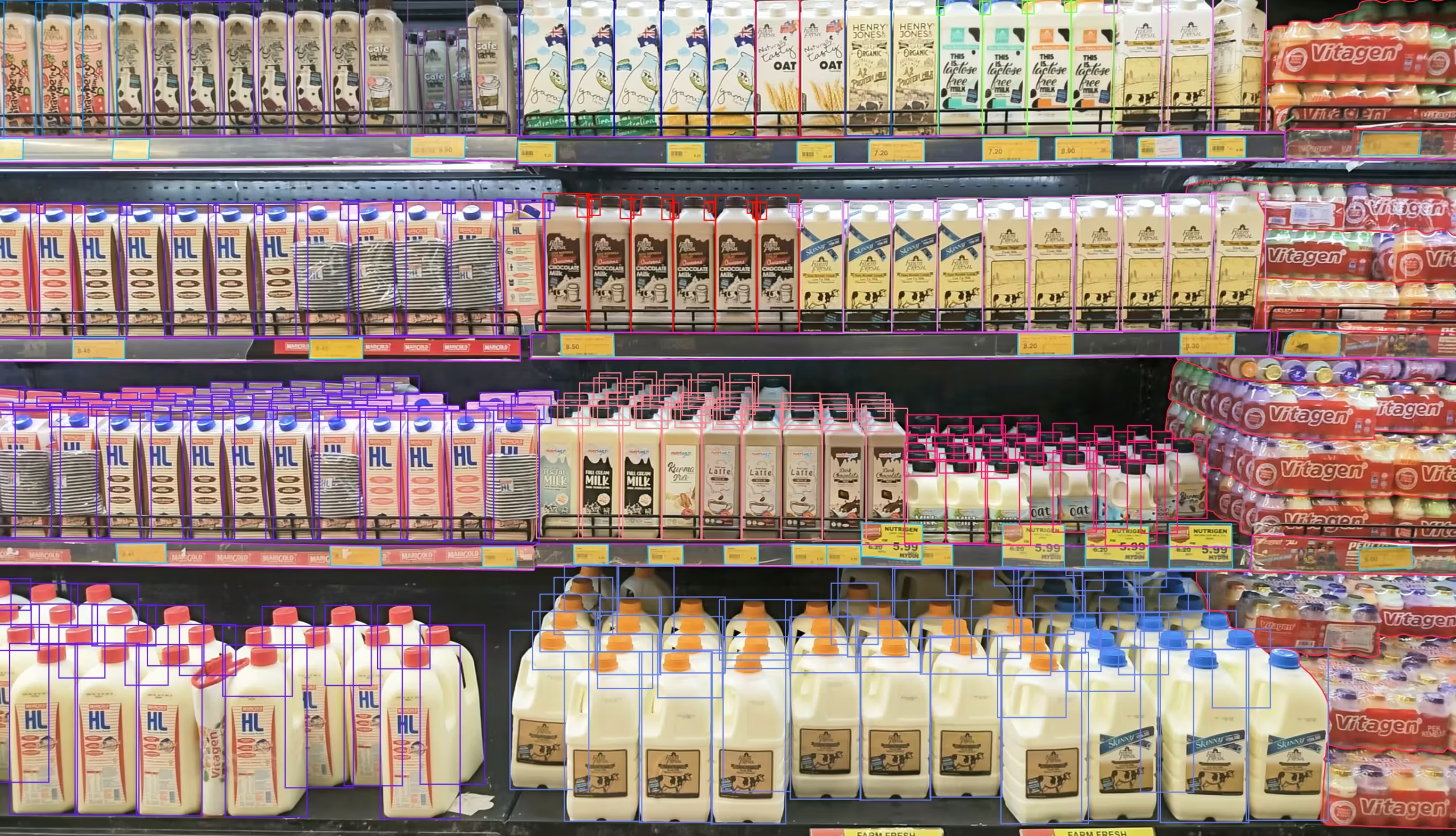Task:
The city administration required a high-quality dataset to train a neural network capable of tracking waste bin fill levels and ensuring timely collection. To enhance the model’s accuracy, the dataset needed to include images of waste bins of various types and capacities, captured under different lighting and weather conditions—ranging from clear skies to rain and snow. The ultimate goal was to optimize waste collection vehicle logistics and reduce operational costs.
Our Solution:
We implemented a comprehensive data collection strategy using two key approaches:
-
- 01
-
Crowdsourcing:
To cover a wide range of scenarios, we engaged a broad network of contributors who captured 1000 images of waste bins across different city areas.
This approach enabled us to quickly gather diverse images reflecting required variations in lighting and weather conditions.
-
- 02
-
Rapid Response Data Collection Team:
To fill in missing scenarios, we assembled a mobile team. These specialists followed predefined routes, capturing waste bin images in challenging conditions such as nighttime, heavy rainfall, and densely populated residential areas.
Results:
87% improvement in model accuracy for waste bin monitoring, significantly increasing system efficiency.
Optimized waste collection logistics: garbage trucks now respond to bin fill levels in real time, reducing costs and improving city sanitation.
The city administration gained an automated waste management tool, accelerating municipal services’ response to overfilled bins and reducing citizen complaints.






